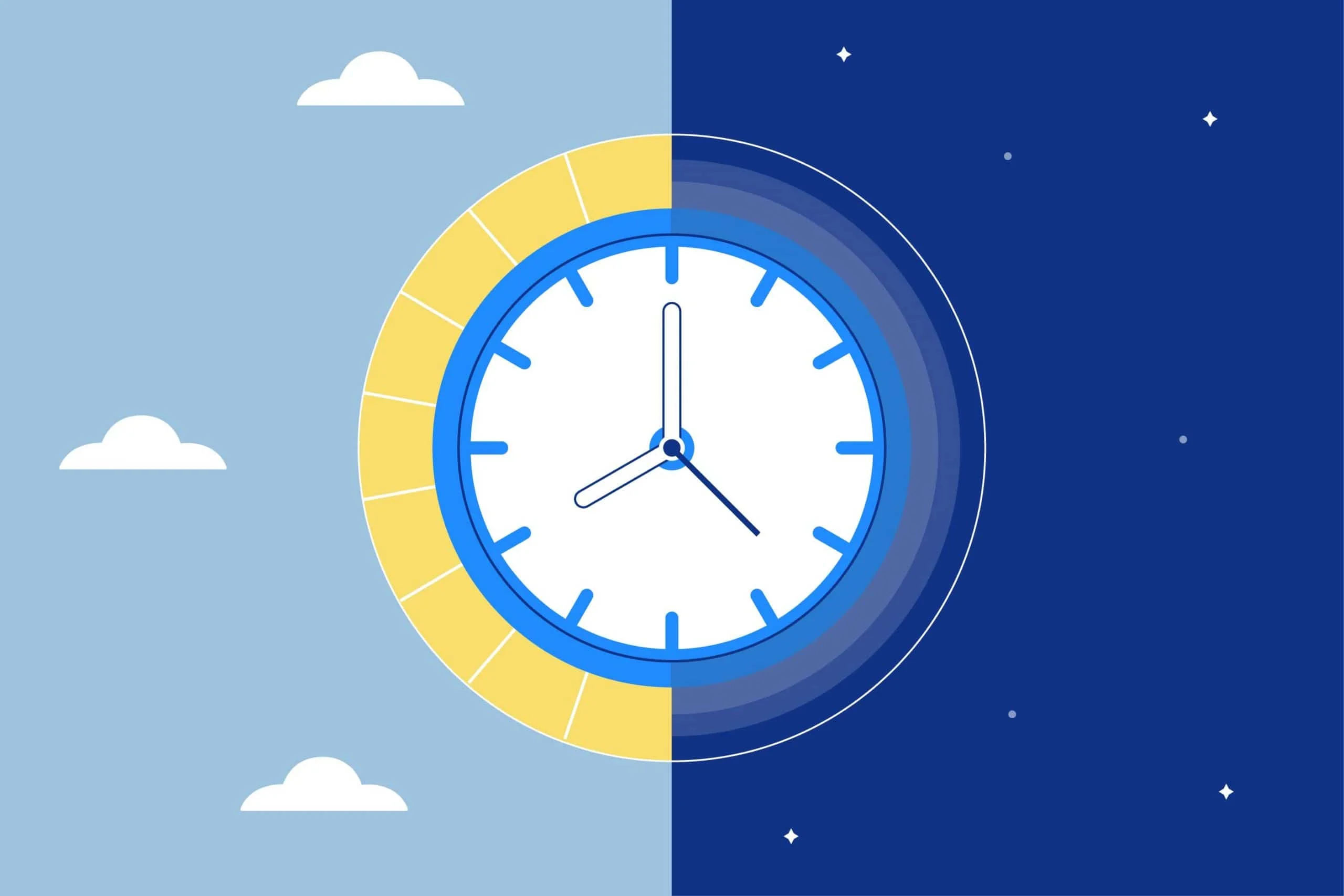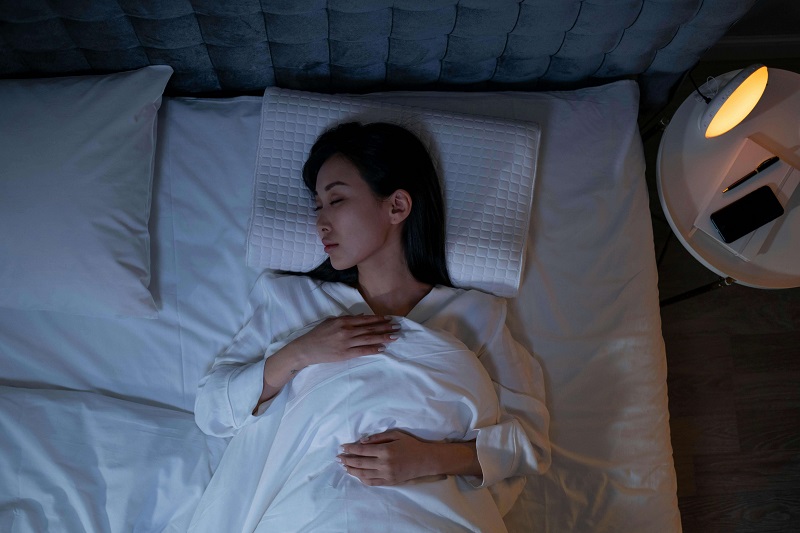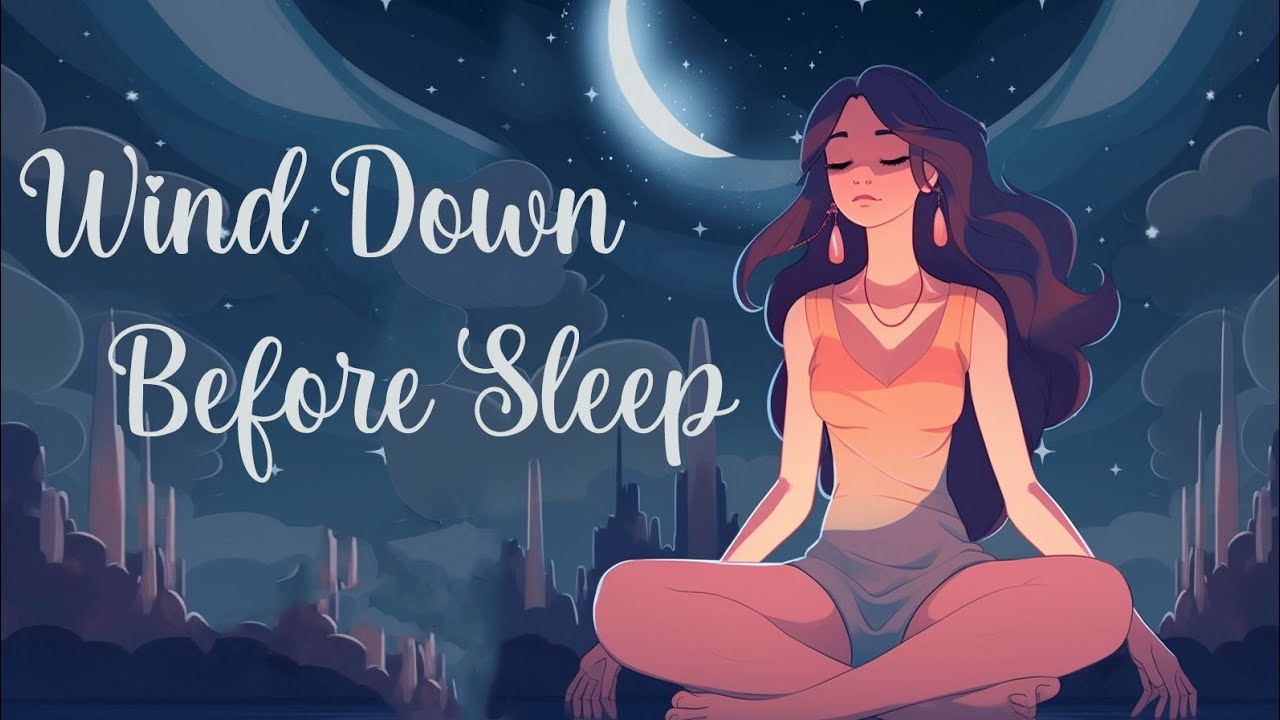Struggling to fall asleep early? You’re not alone. For years, I was a night owl, convinced my most productive hours started at 10 PM. But the groggy mornings told a different story. Shifting your bedtime earlier takes more than just willpower. It involves adjusting your body’s internal clock, optimizing your environment, and gently retraining your routine. If you’re looking for a way to how to fix your sleep schedule, you’ve come to the right place. This guide shares practical, science-backed tips to help you go to sleep earlier and wake up refreshed, naturally.
Why Sleep Timing Matters
Have you ever wondered why you get a second wind of energy right when you’re supposed to be winding down? It’s likely your circadian rhythm—your body’s internal 24-hour clock. This rhythm tells you when to feel sleepy and when to feel alert. It works hand-in-hand with another system called sleep pressure, which builds the longer you’re awake, creating that undeniable need for sleep.
When you try to force yourself into bed hours before your internal clock is ready, you’re fighting against your own biology. You might lie there staring at the ceiling, feeling frustrated. The key to sleeping earlier is not about forcing it; it’s about gradually nudging your circadian rhythm and working with your sleep pressure, not against it.
Get Light Exposure to Reset Your Internal Clock
Light is the single most powerful signal for your internal clock. Your body uses it to determine whether it’s day or night.
Morning sunlight is your best friend. Getting 10-15 minutes of direct sunlight shortly after you wake up tells your brain, “Hey, it’s morning! Time to be alert.” This simple act helps lock in your circadian rhythm and can make it easier to feel sleepy at an appropriate time that evening. I try to drink my morning coffee on the porch for this very reason. If you can’t get outside, working near a bright window helps, too.

Conversely, bright light in the evening is your enemy. It tricks your brain into thinking it’s still daytime, suppressing the production of melatonin, the hormone that helps you sleep. An hour or two before bed, start dimming the lights in your home. This simple change signals to your body that it’s time to wind down. Thinking about the best color of light for sleep can also make a huge difference; warmer, amber tones are much better than harsh, blue-toned lights.
Gradually Adjust Your Bedtime and Wake-Up Time
Trying to shift your bedtime from midnight to 10 PM in one night is a recipe for failure. Your body needs time to adapt. A much more sustainable approach is to do it gradually.
Start by moving your bedtime and your wake-up time earlier by just 15 minutes. Stick with this new schedule for a few days until it feels comfortable. Then, shift it another 15 minutes. This slow, steady process allows your internal clock to adjust without causing major disruption. Consistency is key, especially on weekends. It’s tempting to sleep in, but it can undo all your hard work from the week.
Align Your Meal and Activity Times
Your body looks for other cues to understand its schedule, not just light. When you eat and when you exercise also sends strong signals. Try to align your meal times with your new, earlier schedule. Avoid eating a large, heavy meal within two to three hours of your new bedtime, as digestion can interfere with sleep.
Similarly, the timing of your workout matters. A morning or afternoon workout can boost your energy for the day and help you feel more tired in the evening. Intense exercise too close to bed, however, can be overstimulating for some people.
Optimize Your Evening Routine to Wind Down
Your brain needs a transition period between the hustle of the day and the restfulness of sleep. A consistent evening routine is one of the most effective sleep hygiene tips you can implement. It acts as a series of signals that tell your body and mind that sleep is coming.

Your routine doesn’t have to be complicated. It could be:
- A warm shower or bath (the drop in body temperature afterward promotes sleep).
- Gentle stretching or yoga.
- Reading a physical book (not on a screen!).
- Listening to calming music or a podcast.
- Avoiding caffeine at least 8 hours before bed and limiting alcohol.
Use Screens Wisely Before Bed
We hear it all the time, but it’s true: the blue light from our phones, tablets, and computers is a major sleep disruptor. It directly suppresses melatonin. Make a rule to put all screens away at least one hour before bed.
If you absolutely must use a device, use a blue-light-filtering app or turn on your device’s “night mode.” Also, try to avoid engaging with stimulating content. Checking work emails or scrolling through social media can trigger stress and anxiety, making it much harder to relax.
Create a Sleep-Friendly Environment
Your bedroom should be a sanctuary for sleep. The environment you create can either help or hinder your ability to fall asleep quickly. Here are the three golden rules for a sleep-friendly bedroom:
- Cool: The ideal temperature for sleep is surprisingly cool, around 65-68°F (18-20°C).
- Dark: Use blackout curtains or an eye mask to block out as much light as possible. Even a small amount of light can disrupt your sleep.
- Quiet: If you live in a noisy area, consider using earplugs or a white noise machine to mask disruptive sounds.
Investing in comfortable bedding and pillows also makes a huge difference. You want your bed to be a place you want to be.
Manage Stress and Mental Wind-Down
Do you ever get into bed, only for your mind to start racing with to-do lists and worries? This is one of the biggest barriers to falling asleep early. If you want to learn how to sleep when stressed, you need a strategy to clear your mind.

A simple but powerful technique is a “brain dump.” About an hour before bed, take a notebook and write down everything that’s on your mind—your to-do list for tomorrow, things you’re worried about, random ideas. Getting it out of your head and onto paper can provide a sense of closure, allowing your mind to relax. Meditation or deep breathing exercises can also be incredibly helpful for calming a racing mind.
It’s a Journey, Not a Race
Learning how to sleep early is a process of small, consistent changes. Be patient with yourself. There will be nights when it’s harder than others, and that’s okay. The goal is progress, not perfection. By aligning your daily habits with your body’s natural rhythms, you can successfully shift your schedule and rediscover the feeling of waking up truly rested and ready for the day.
For more insights into building a healthier relationship with rest, explore the other articles on sleep habits here at www.notonetype.org.


You may also like this
Best Color Light for Sleep: Red, Amber & Warm Light Guide
Choosing the right color of light for your bedroom can make a real difference in...
Nov
How to Sleep When Stressed: Easy Tips for Better Rest
Stress can make falling asleep and staying asleep feel impossible. When you’re stressed, the body’s...
Nov
Best Position to Sleep: Left Side or Right Side?
Have you ever woken up feeling stiff or noticed that late-night snack didn’t sit so...
Nov
The Best Sleep Position: Which One Is Right for You?
The position you sleep in can make or break your night’s rest—and your next-day comfort....
Nov
How to Fix Your Sleep Schedule: Practical Tips for Better Sleep
Feeling like a zombie during the day and wide awake at night? I’ve been there....
Nov
Sleep Hygiene Tips: 15+ Proven Ways to Sleep Better Tonight
Sleep hygiene is one of the simplest yet most effective ways to reclaim quality rest....
Nov